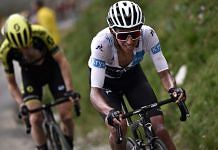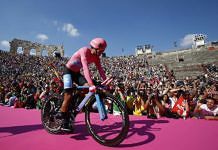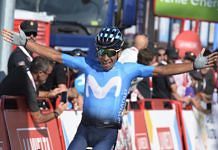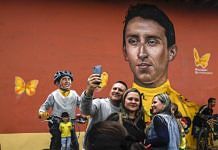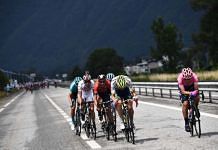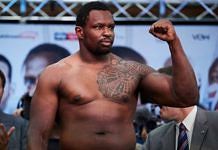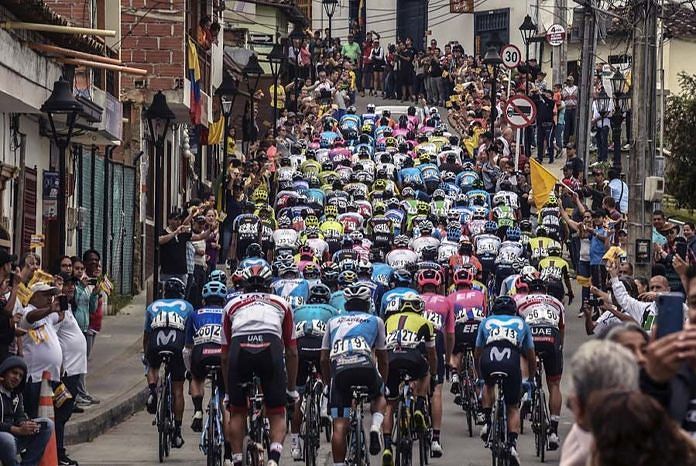
BOGOTA, BALIPOST.com – Colombian cycling reached its zenith last month when pint-sized climber Egan Bernal became his country’s first winner of the sport’s greatest race, the Tour de France.
Colombia is riding the crest of a wave of euphoria with the likes of former Giro d’Italia and Vuelta a Espana winner Nairo Quintana, Esteban Chaves, Miguel Angel Lopez and Rigoberto Uran all capable of challenging for victory in the sport’s most prestigious Grand Tours.
At just 22, Bernal could dominate the Tour de France for years to come.
But there is also a dark side to Colombian cycling that is little known: it has a sorry record on doping.
It’s a sordid tale that AFP has uncovered by speaking to a former cycling team doctor, a retired cyclist, a physical trainer, an active coach and an investigative journalist.
All believe that cheating is a prerequisite to surviving in Colombia’s highly competitive domestic cycling circuit.
According to the International Cycling Union, Colombia is second only to Costa Rica as the country with the most riders suspended for doping: it has 20.
Two of those — Wilmar Paredes and Juan Jose Amador — were caught earlier this year, precipitating the dissolution in May of Colombia’s only professional cycling team, Manzana Postobon, which lost its sponsors over the doping cases.
Two months later, Bernal was crowned Tour de France champion.
– Year of shame –
The Manazana Postobon case shows that little has changed since Colombia’s 2017 year of shame.
The Colombian anti-doping agency was handed a six-month suspension in February of that year by the World Anti-Doping Agency (WADA) over quality control issues.
It meant that doping samples from the Vuelta a Colombia — at that point the country’s primary stage race — were handled by a UCI delegation that sent them for processing in the United States.
The result was eight positive dope tests — seven Colombians — the most in the race’s history.
That might come as a shock to those from outside cycling — but not those in the know.
According to journalist Gustavo Duncan, talent scouts have been desperate to extract potential young stars from Colombia’s domestic scene as quickly as possible to avoid “contamination.”
“Foreign teams don’t even look at riders over 23 because they know that outside of the youth categories, it’s practically impossible to compete in Colombia without doping,” added Duncan, who has long denounced the practice in the domestic peloton.
Coach Luis Fernando Saldarriaga, who discovered Quintana and Chaves, says there is a race against time to get the hottest young prospects out of the Colombian circuit.
“We never entered them into the Vuelta a Colombia because (European teams) would have doubted their capabilities,” he said.
The Vuelta a Colombia was ditched from the UCI’s calendar in 2018, when the Colombian federation took over anti-doping controls.
No positives were recorded in 2018 and only one from this year’s gruelling 15-day race in June. (AFP)



